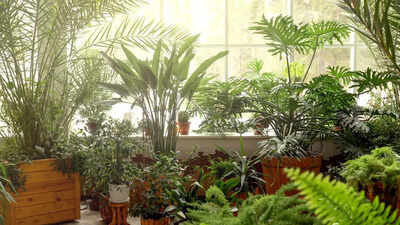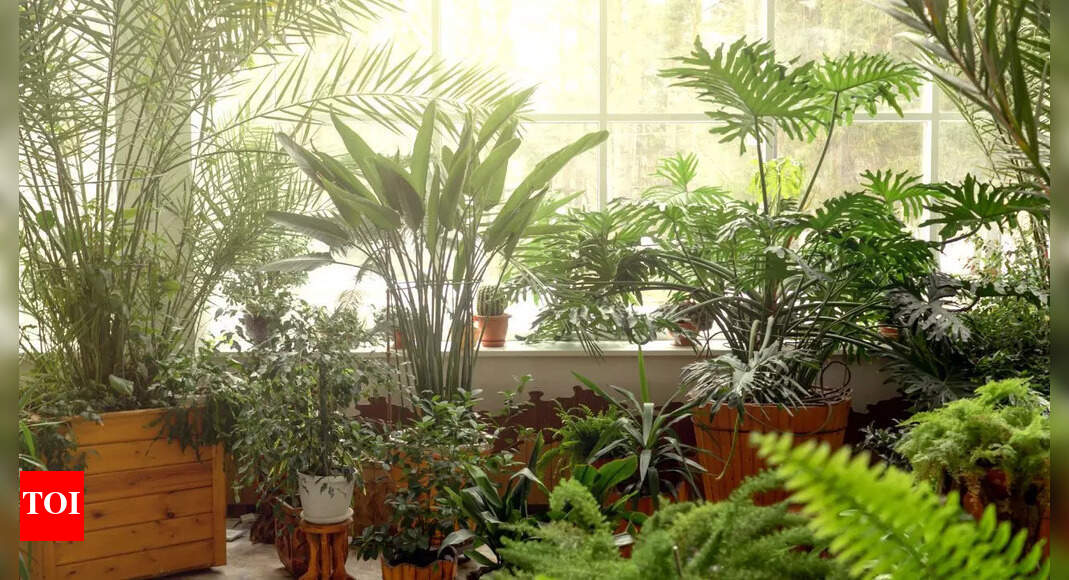
Imagine planting once and reaping the benefits for seasons, or even years, to come. With the right plants, your kitchen garden can provide an endless supply of herbs, greens, and vegetables without the constant hassle of replanting. These regenerative or perennial crops are perfect for those seeking a sustainable, low-maintenance way to grow their own food, whether on a spacious plot or a small city balcony.
Why regenerative plants are a gardener’s best friend
In times of rising food prices, unpredictable weather, and limited garden space, perennial or self-regenerating plants offer a practical solution. Unlike seasonal crops that need to be replanted every few months, these plants either grow back after harvesting or continue to produce without dying off.They’re ideal for:
- Busy urban gardeners
- Small-space growing (like balcony pots)
- Organic and low-maintenance setups
- People looking to reduce waste and maximise yield
With minimal upkeep and a one-time planting effort, you’ll enjoy fresh harvests year-round.
8 easy plants that regrow forever after one planting
Curry Leaves (Kadi Patta)
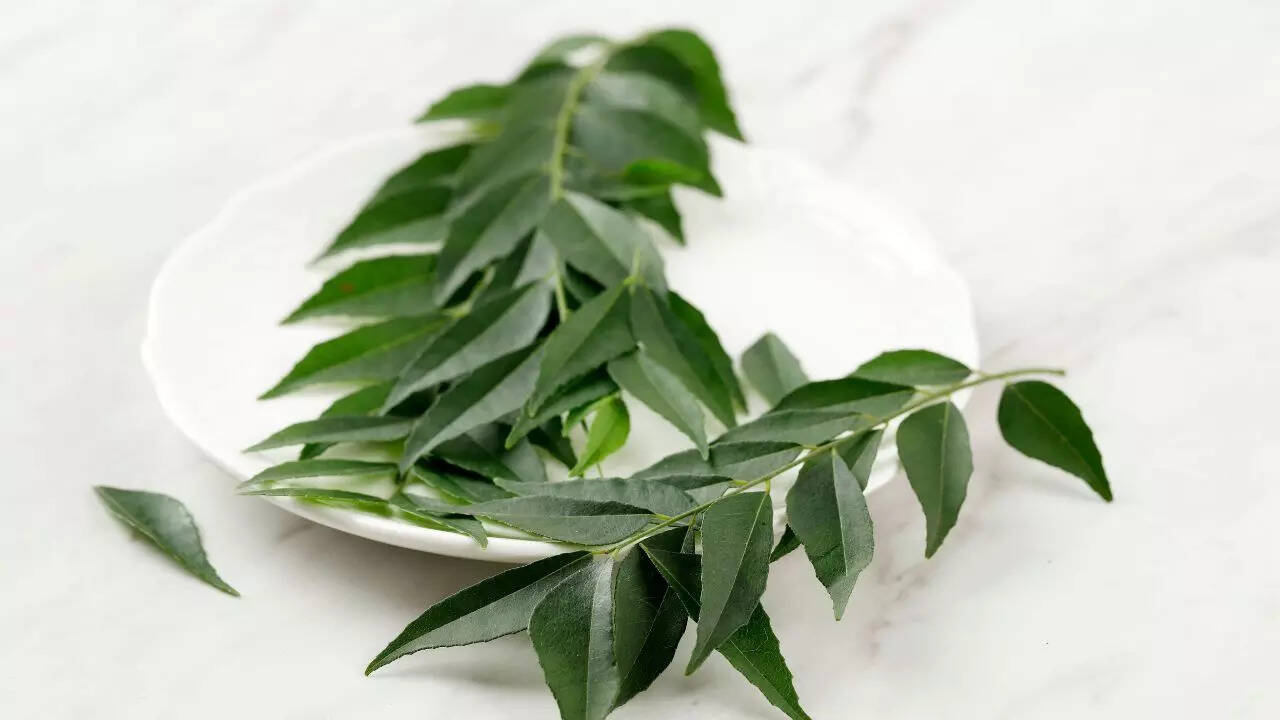
A must-have in Indian kitchens, the curry leaf plant is a hardy perennial that, once established, can supply fragrant leaves for years. It thrives in full sunlight and needs moderate watering, especially during dry spells. You can regularly pluck fresh leaves for cooking, and the plant will continue to grow new shoots. It’s best grown in a well-draining pot or in a sunny corner of the garden where it can flourish without much intervention.
Mint (Pudina)
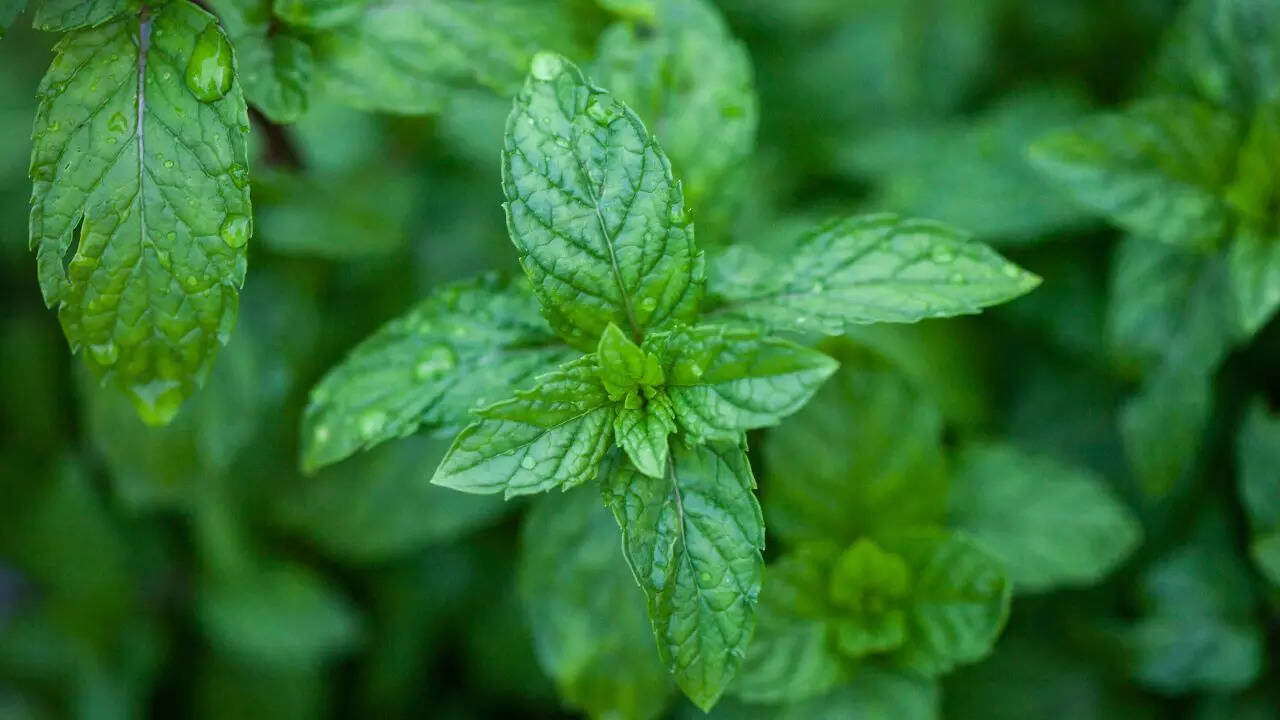
Mint is a vigorous grower and one of the easiest herbs to maintain. Once planted, it spreads rapidly through its roots, regenerating quickly after every harvest. Regular snipping actually encourages bushier growth, ensuring a continuous supply of fresh leaves. However, to prevent it from overtaking your garden, it’s best to grow mint in containers. With just basic care and partial to full sunlight, mint will keep giving you its cooling aroma and flavour for months on end.
Tomatoes (With Propagation Hack)
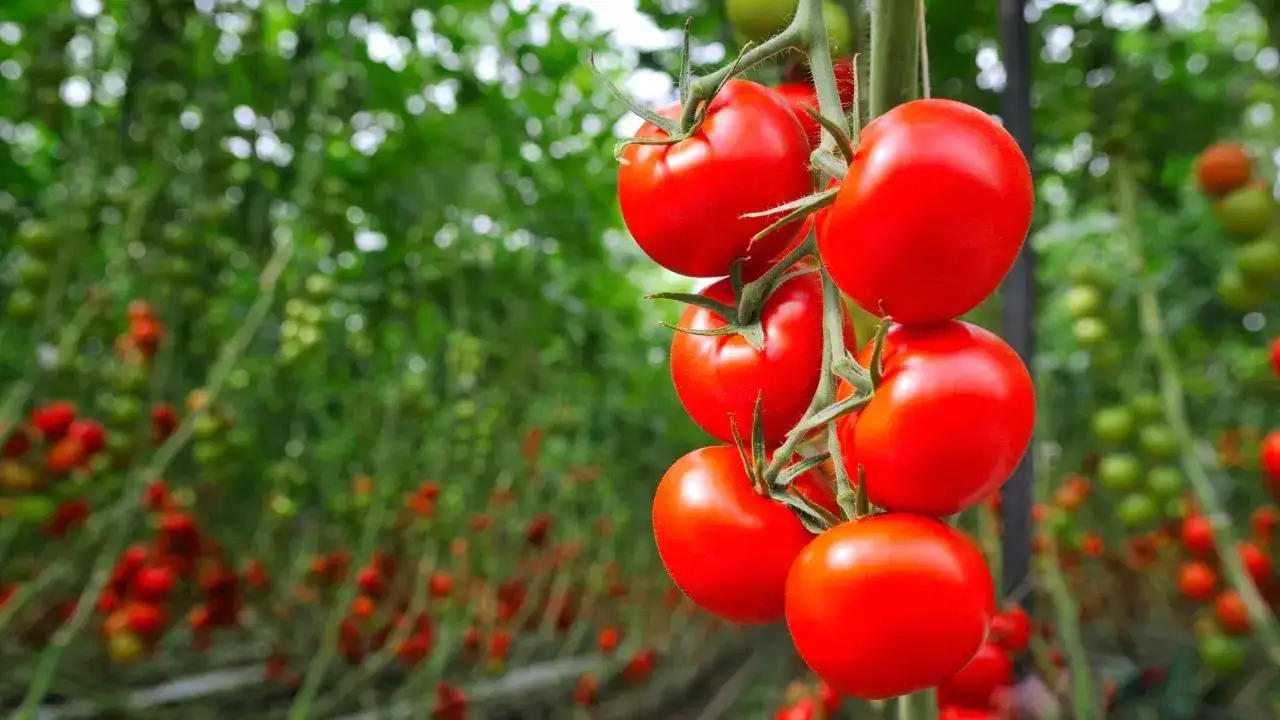
Although tomatoes are technically annuals, they can be made perennial with a clever propagation trick. By cutting a healthy stem from a mature tomato plant and placing it in water or moist soil, you can grow a brand-new plant from that cutting. This method allows you to maintain a continuous cycle of tomato production with minimal effort. Just ensure that your tomato plants receive enough sunlight and occasional feeding to stay productive.
Spinach (Malabar or Perpetual Spinach)
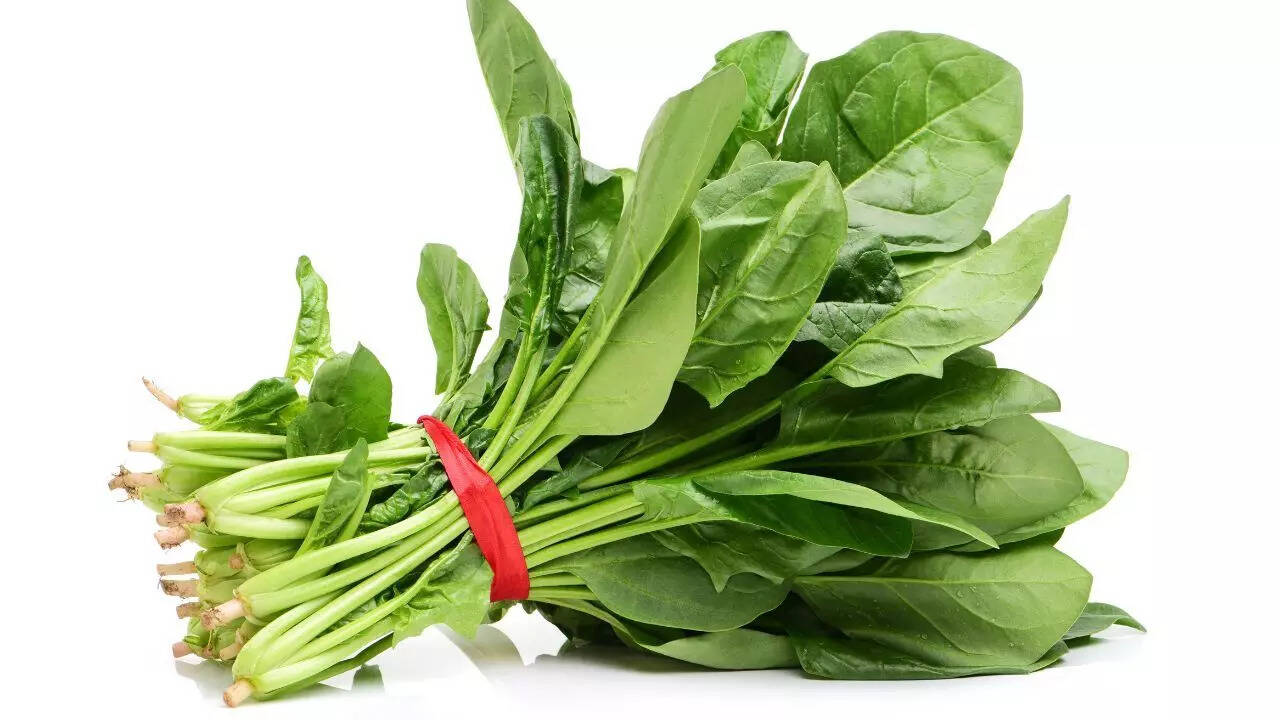
Unlike the common seasonal spinach, Malabar spinach or perpetual spinach is a fast-growing vining plant that continues to produce for months. It prefers warm, humid conditions and can be grown vertically, making it ideal for balconies or small gardens. The more you harvest its young leaves, the more it grows, allowing you to enjoy a steady supply of nutritious greens throughout the year. Its resilience and rapid regrowth make it a popular choice in tropical climates.
Sweet Potatoes (For Leaves and Roots)
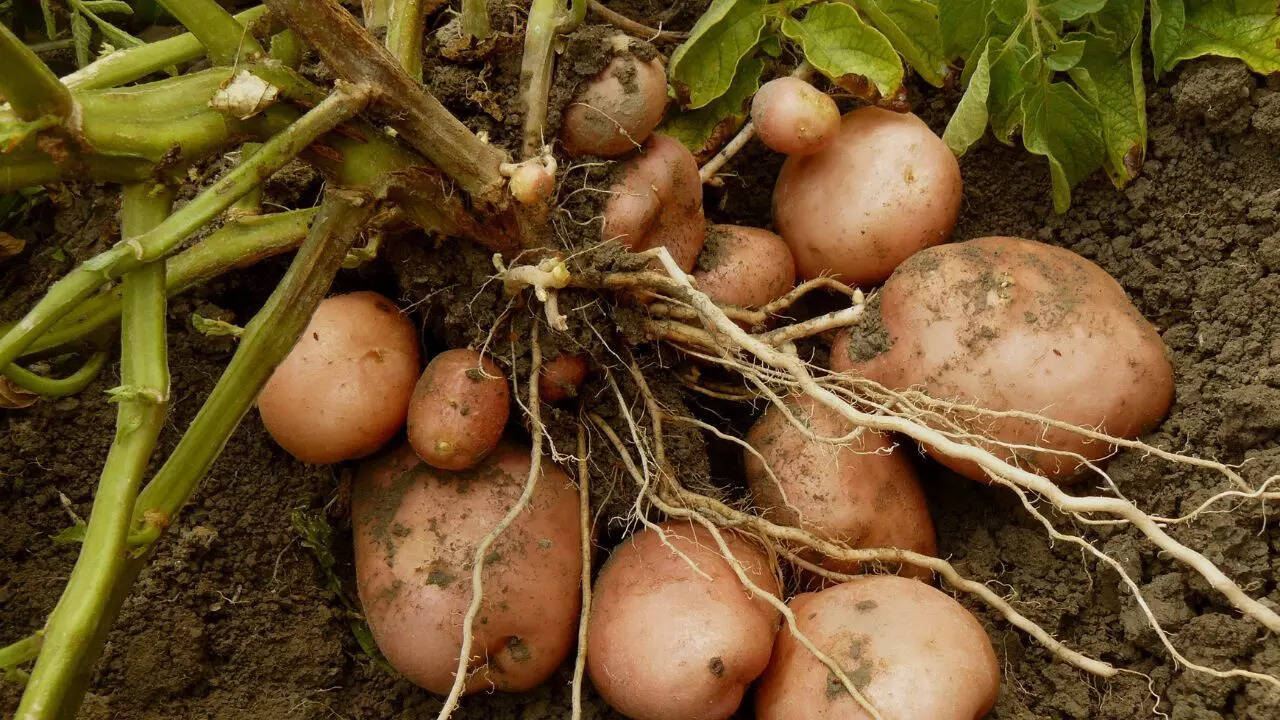
Sweet potatoes are dual-purpose plants that reward gardeners with both leafy greens and starchy tubers. After planting once, the vines spread rapidly, and both their leaves and underground tubers can be harvested repeatedly. The leaves are edible and can be used like spinach in stir-fries and curries, while the tubers develop quietly underground. With minimal maintenance and sufficient sunlight, sweet potatoes can become a year-round garden staple.
Green Onions / Spring Onions
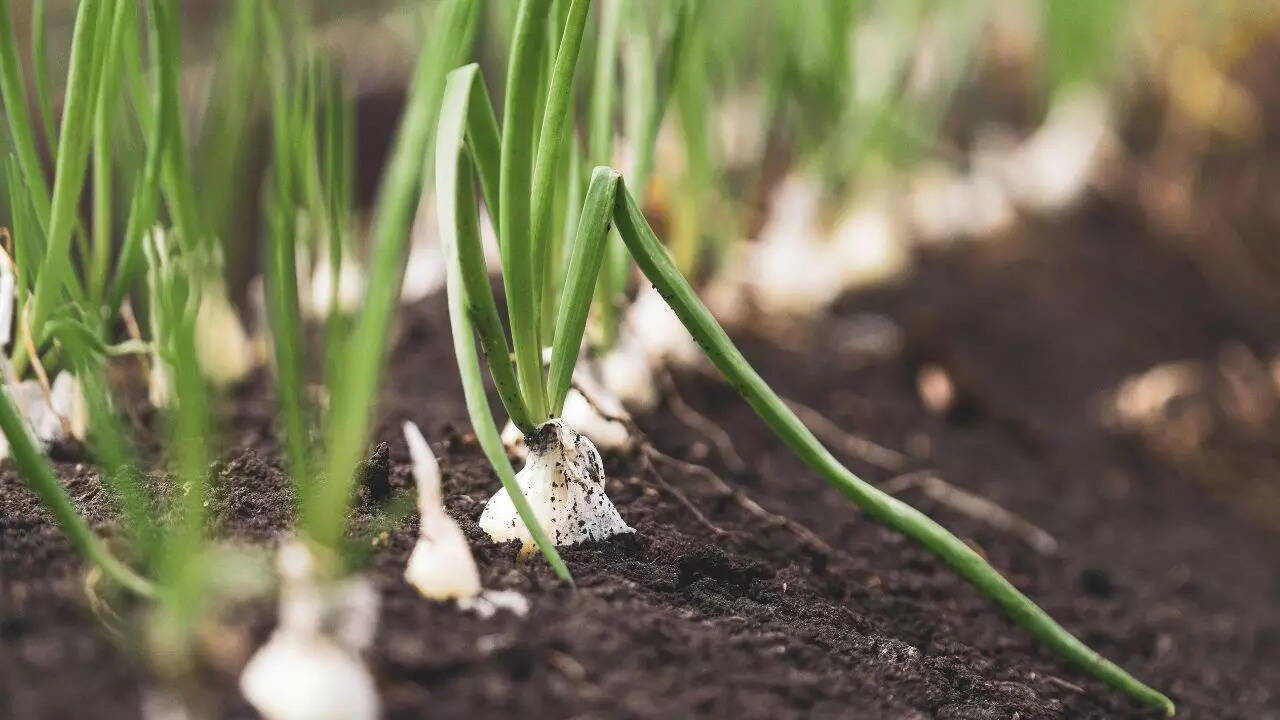
Green onions are among the easiest vegetables to regrow from kitchen scraps. Simply save the white root ends from store-bought onions and place them in water or soil. Within days, fresh green shoots begin to emerge. These can be trimmed as needed, and the roots will continue producing. Whether grown on a windowsill or in a garden bed, green onions provide a reliable, space-saving harvest with virtually no effort required.
Lemongrass

Once established, lemongrass becomes a sturdy, clump-forming plant that keeps regenerating stalks after each harvest. You can cut the mature stalks from the base, and new ones will sprout in their place. It thrives in warm climates and well-drained soil with regular watering. Apart from being a culinary favourite in teas and soups, lemongrass also acts as a natural mosquito repellent, making it a functional and fragrant addition to any garden.
Turmeric and Ginger

These root crops are natural multipliers. When you plant a few pieces of ginger or turmeric, they quietly multiply underground over the season. After harvesting, you can leave a portion of the roots in the soil, and they’ll regrow on their own in the next cycle. Both plants prefer partial shade and moist, loamy soil. Aside from their potent health benefits, the leaves of these plants are aromatic and can be used to wrap or flavour dishes.To get the best out of these plants, avoid over-harvesting and always use clean, sharp tools. Keep the soil healthy by adding compost or organic matter regularly. Opt for natural pest control methods to protect your crops long-term. If space is limited, use containers or vertical gardening techniques to manage growth while ensuring plants have enough room to thrive.These eight plants are living proof that with the right choices, your garden can become a source of ongoing abundance. Whether you’re new to gardening or looking to simplify your setup, start with one or two of these regenerative stars—and enjoy the rewards for seasons to come.Also Read: Is your garden inviting snakes? Try these 7 organic ways to keep them out with no chemicals needed

